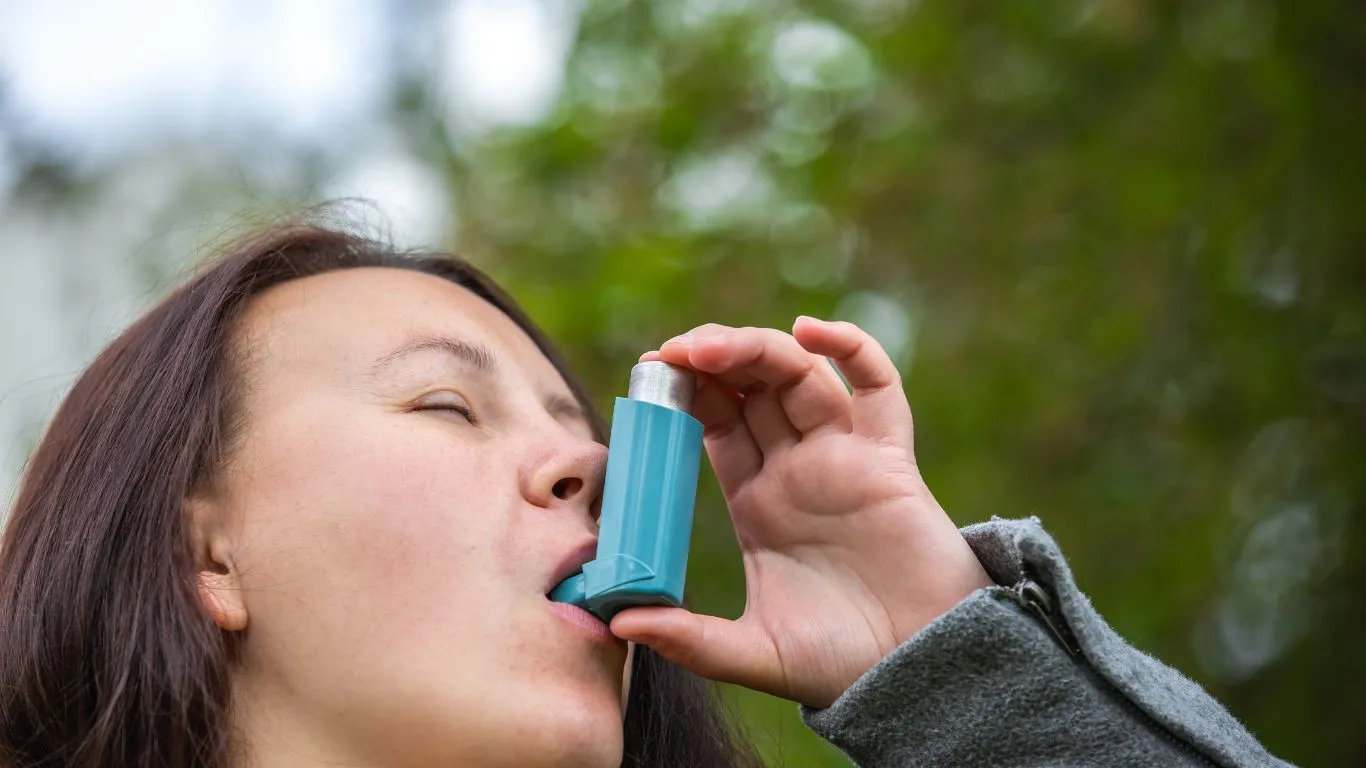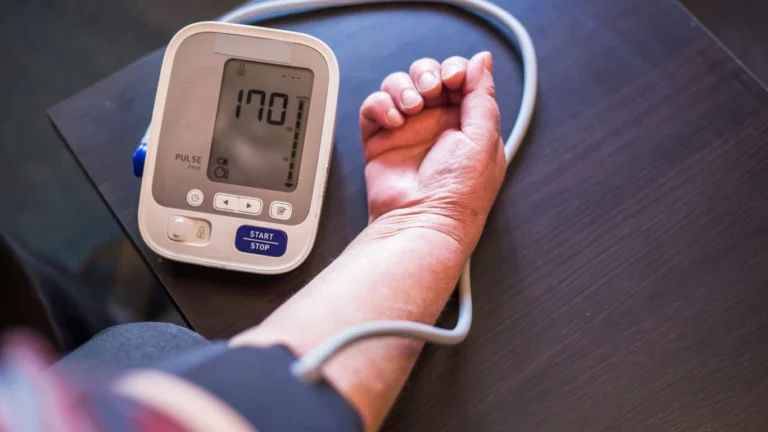Mastering Asthma Relief with Minimal Medication the Smart Way
If there’s one thing I’ve learned over the years working as a pulmonary nurse practitioner, it’s that managing asthma with minimal medication is not only possible—it’s often a game-changer for patients who feel overwhelmed by their prescriptions. I’ve seen so many folks who are tired of taking multiple inhalers or steroids every single day, and they ask me, “Is there any way I can get this under control without relying so much on meds?” The answer is yes—sometimes. And that’s exactly what we’re diving into here. With the right strategy, environmental tweaks, and a good grasp on your triggers, there’s a lot you can do to breathe easier, naturally.
Understanding Your Asthma: It’s More Than Just the Inhaler

Know Thy Enemy: What Triggers Your Asthma?
This is step one. In fact, it’s the foundation of everything. Before you even think about cutting back on meds, you have to become your own personal detective. I always tell my patients—grab a journal (yes, old-school pen and paper) and start tracking. Note the time, place, what you were doing, and how you felt
Patterns Speak Louder Than Symptoms
Once you’ve got a few days—or ideally a couple of weeks—of journaling, you might start noticing patterns. Maybe every time you clean the house, your chest tightens. Or your symptoms flare up after a jog in cold air. One of my long-time patients, Marcus, found out his Sunday afternoon asthma attacks were linked to his neighbor’s wood-burning stove. It’s wild how often the answer is right under our noses—literally.
Environmental Control: Your First Line of Defense

Let’s Talk Indoor Air
When we talk about managing asthma with minimal medication, your environment plays a massive role. Think of your lungs like sensitive sensors—they react to what you breathe in every day. Dust, mold, pet dander, even certain cleaning products can quietly provoke inflammation.
Here are some practical changes I suggest to my patients—things I’ve even done at home myself:
- Invest in a HEPA air purifier—especially for your bedroom. You’d be amazed at the difference in just a week.
- Wash bedding weekly in hot water. Dust mites love cozy sheets just as much as we do.
- Switch to fragrance-free cleaners and laundry detergents. You don’t need a lemon-fresh scent if it comes with a side of wheezing.
- Check humidity levels. Aim for 30–50% to keep mold at bay.
Don’t Forget the Outdoors
I had a young athlete patient who struggled every spring—turns out it was pollen-triggered asthma. Once we had him checking the pollen forecast like the weather, he started planning runs earlier in the morning when pollen counts were lower and it made a night-and-day difference.
- Check daily air quality indexes (AQI). Limit outdoor activity if it’s in the red.
- Wear a mask when gardening or mowing the lawn—yes, really. It helps!
- Rinse off (or change clothes) after being outside to avoid bringing allergens indoors.
Nutrition and Asthma: What You Eat Matters More Than You Think

Fueling Your Lungs the Right Way
I’m not going to tell you to go on a restrictive diet. I love my comfort foods just like anyone else. But I have seen clear improvement in patients who start eating more anti-inflammatory foods. Less inflammation means your airways are calmer, less reactive—and that’s the name of the game when you’re trying to rely less on meds.
Some of my go-to recommendations:
- Fatty fish like salmon or mackerel—high in omega-3s
- Leafy greens like kale, spinach, or arugula
- Colorful fruits, especially berries and apples
- Turmeric and ginger—natural inflammation fighters
And let’s be real—cutting back on ultra-processed foods helps everyone, asthma or not. A lot of those additives and preservatives can be sneaky irritants.
Stress and Asthma: The Mind-Body Connection

When Anxiety Feels Like Asthma
This one’s personal. Early in my career, I had a patient who kept showing up in the ER, convinced she was having asthma attacks. But after several tests, it turned out many of her episodes were stress-induced. She wasn’t faking it—her chest really was tight, and she really couldn’t breathe—but it was her body’s response to unrelenting anxiety.
Stress can be a silent amplifier of asthma symptoms. Here’s what I often recommend to patients (and practice myself when life gets chaotic):
- Breathing exercises: Even 5 minutes of belly breathing can ease tightness
- Yoga or stretching: Especially in the evening—it grounds you
- Journaling: Clear the mental clutter and track emotional triggers
- Sleep: Prioritize rest. Fatigue lowers your resilience
When patients implement even a couple of these practices, I notice they’re not only feeling better physically—they’re living better. And that’s the whole point.
Physical Activity: Building Lung Strength Without Overdoing It

Yes, You Can Be Active with Asthma
One of the most common questions I get is, “Should I even be exercising if I have asthma?” And let me tell you—yes, you absolutely should… but smartly. Managing asthma with minimal medication doesn’t mean sitting on the sidelines. It means figuring out your sweet spot, where movement builds your lung endurance without triggering flare-ups.
I’ve had patients go from barely walking around the block to finishing 5Ks, just by learning how to pace themselves and pick activities that don’t stress their lungs too hard. Swimming is a favorite I often recommend—it’s low-impact, the air is humid, and it’s surprisingly lung-friendly.
Tips for Safe, Asthma-Friendly Workouts
- Warm up slowly—it reduces the chance of exercise-induced bronchospasm.
- Stay hydrated—dry airways are cranky airways.
- Avoid high-pollen or high-smog days if you’re outdoors.
- Focus on nasal breathing as much as possible—your nose filters and warms the air.
- Don’t skip your rescue inhaler if you need it before a workout. It’s not cheating—it’s smart.
I always remind my patients that it’s not about pushing your limits—it’s about knowing them and working with your body, not against it.
Alternative & Complementary Strategies That Actually Help

What the Science (and Experience) Says
Now, I’m not here to promote snake oil. But I do keep an open mind when patients bring up alternative options—as long as we’re talking about evidence-backed approaches. Over the years, I’ve seen some surprising benefits when people incorporate complementary therapies alongside traditional care.
Here are a few that have shown promise (and that I’ve seen work in real life):
- Buteyko Breathing Technique: It’s a method that trains you to breathe less and through your nose. Some small studies and plenty of anecdotal stories suggest it can help reduce reliance on quick-relief inhalers. I’ve had a few patients swear by it.
- Acupuncture: While the science is still mixed, some people report fewer symptoms and better overall wellness after sessions.
- Vitamin D supplementation: Especially if levels are low—low vitamin D has been linked to increased asthma symptoms. Talk to your provider about checking your levels.
Of course, always bring your provider into the loop before trying anything new. Even “natural” therapies can interact with medications or make things worse if you’re not careful.
When Less Medication Is Safe—And When It’s Not
Let’s Be Honest About Risk
As someone who’s worked in pulmonary care for years, I’ve seen both ends of the spectrum. People who overmedicate unnecessarily—and people who under-medicate out of fear, and end up in the ER. That’s why this whole conversation about managing asthma with minimal medication needs to come with a dose of reality.
You should never reduce your meds without a clear plan and regular check-ins with your provider. I usually tell my patients:
- Get stable for at least three months before considering step-down therapy.
- Use a peak flow meter daily—it’s like a check-engine light for your lungs.
- Know your personal action plan: when to treat at home, when to escalate, and when to call 911.
Minimal medication doesn’t mean ignoring symptoms or toughing it out. It means optimizing your environment, lifestyle, and self-awareness so your meds become backup, not the main show.
Putting It All Together: It’s a Lifestyle, Not a Quick Fix
The Long Game
Asthma doesn’t go away. But your relationship with it can change. I’ve seen people go from daily steroid inhalers to needing them maybe once every few months—not because they got lucky, but because they did the work. They understood their triggers, respected their bodies, and made small, sustainable changes that added up.
One of my older patients, Martha, made a full 180 by focusing on indoor air quality and stress management. She used to call in for steroid refills every six weeks. Now? Maybe twice a year, if that. And she’s living her best life gardening, walking her dog, and enjoying retirement without feeling shackled to her meds.
That’s the kind of outcome I hope more people realize is within reach.
References
- National Heart, Lung, and Blood Institute (NHLBI)
- Health.com
- National Institutes of Health (NIH)
- Centers for Disease Control and Prevention (CDC)
Disclaimer
This article is for educational purposes only and is not intended to replace professional medical advice, diagnosis, or treatment. Always consult your healthcare provider before making any changes to your asthma management plan.

Bianca Nala is a compassionate Nurse Practitioner with a strong background in primary and respiratory care. As a health writer for Healthusias.com, she combines her clinical expertise with a talent for clear, relatable storytelling to help readers better understand their health. Bianca focuses on topics like asthma, COPD, chronic cough, and overall lung health, aiming to simplify complex medical topics without losing accuracy. Whether she’s treating patients or writing articles, Bianca is driven by a single goal: making quality healthcare knowledge accessible to everyone.





